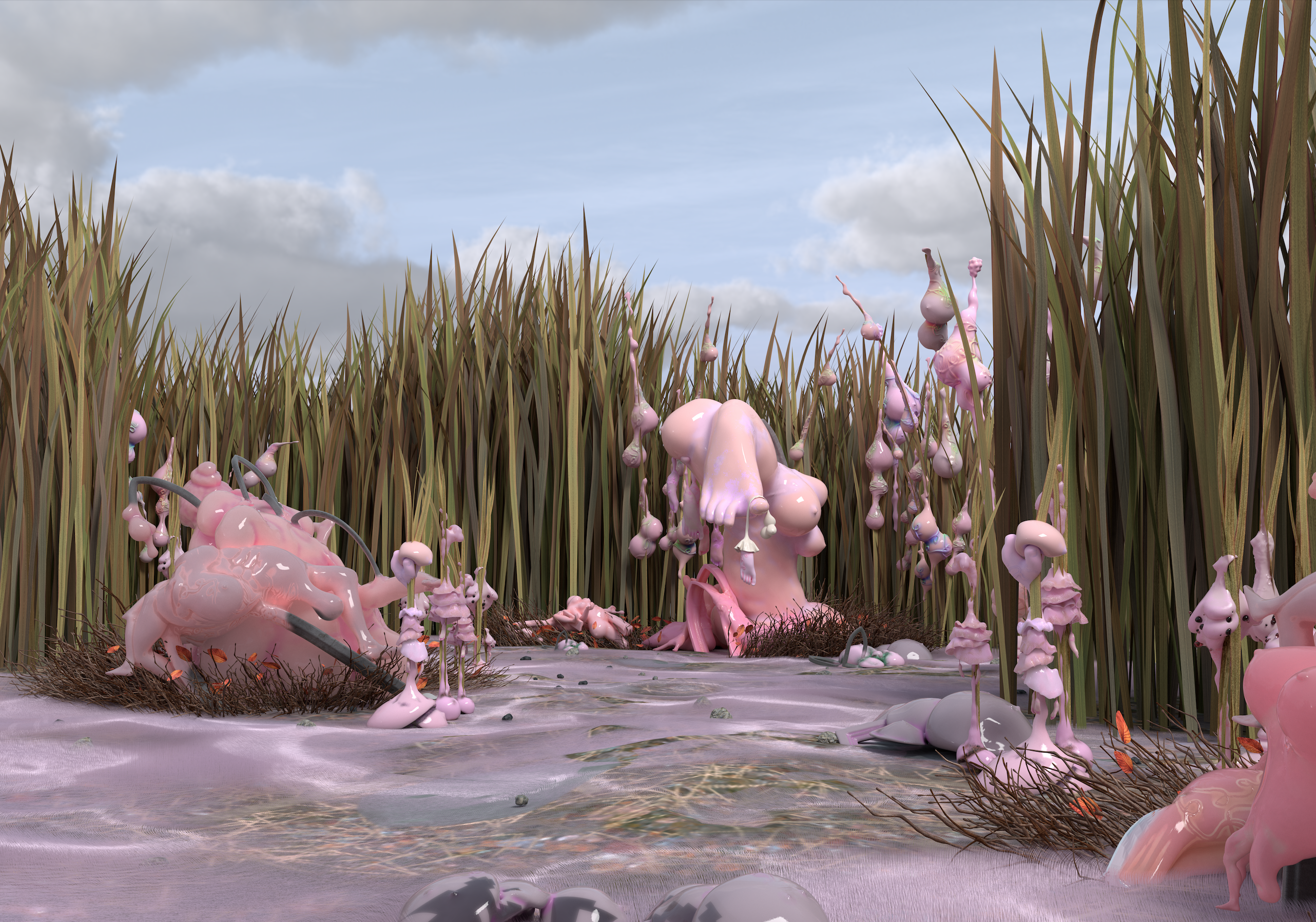Lie: The Truth about the Helsinki Guggenheim
March, 2018

Moreau Kusunoki, Helsinki Guggenheim Proposal.
The truth of the controversy surrounding the Helsinki Guggenheim is finally revealed. It’s June 2014 and the City Council of Helsinki along with The Guggenheim Foundation have selected from a shortlist of six a winning proposal for the new museum in Helsinki: Art in the city from studio Moreau Kusunoki. Six three months later in Autumn the foundation and counsel request design documentations from the French firm to be due in two months and when the architects says that they would be happy to provide documentation for the project both parties disperse to their respective tasks, architect to their design and counsel to rally the citizens of Helsinki to the $138 million project. What came back months later were a flurry of criticisms of the proposal which were regarded as the main catalyst for the ultimate abandonment of the project.
But new investigation reveals that the real reason was because of a slight of hand from architects Moreau Kusunoki. When design documentation was submitted in January the drawings depicted a totally different project. No longer black masses with one large light house topology, the new drawings revealed a landscape of mutated nude figures, strange flowers and all other sorts of nonsense. The drawings called for precious transparent pink sandstone cut to shape in a Paul Mcarthy sort of fantasy kit bashed kind of way.
When the Guggenheim folks got back to the architects and asked what was up, Moreau Kusunoki insisted that the project they had given them design documentation for was the originally selected shortlisted and winning proposal from October 2014. The Guggenheim Foundation and Helsinki City Counsel refused and insisted in return that the drawings did not match and demanded that the architects supply the right documents. The architects urged the city counsel that this was the project that would be built.
In face of criticism of the project and without proper documentation from the architects nor anything else to show the public; months in vain of any productive advance on the museum, the counsel staged a meeting in which they would vote down the project, citing to the public the main objections as the proposal’s excessive cost to the Finnish taxpayer, inadequate private funding, and controversy surrounding the site which was considered too valuable for the project, according to the communications department of the Helsinki City Counsel. With a vote of 53 to 32, they pulled the museum in favor of the populist Finns group who in September of that year vetoed a request to front $53 million in taxpayer money for the project. This strategy would both save face to the city counsel as well as seem to sympathize with the Finnish people’s criticism with the controversial proposal.
Meanwhile, Chinese journalists reported that a project with similar qualities was going up in Chongqing, a city in southwestern china known to international journalists as China’s “stolen city,” a phrase popularized by Satoshi Ohashi, a project director at Zaha Hadid Architects when Hadid’s Beijing project, the Galaxy Soho Complex was purportedly ripped off and copied in Chongqing after the completion of the Beijing project in October 2012. The new project in Chongqing proposes an international writing museum which developers Meiquan 22nd Century, the same group responsible for the copied Galaxy, hope will bring more international attention to the city. They denied any involvement with any copying of the Galaxy Soho or the Helsinki Guggenheim; General manager of the company, Yao Yumao saying at a press conference that such accusations “do not conform with the truth” and “have had a negative impact” on the company.

The Helsinki Guggenheim, Moreau Kusunoki
What really happened was a back door deal. Previous to the competition Moreau Kusunoki made a secret deal with Meiquan 22nd Century that if they should win the competition, the developer would pay double the price of what the Helsinki government would propose for their services in exchange for pulling the project and building it in China instead. Architects would then insist a new project that would be utterly impossible to build but would provide the architects an opportunity to reflect their true desire to build a fictional world and create the society they really wanted. It was a kind of smack in the face to the culture of design competitions which offer no money to competition entries, nevertheless cost architects an enormous amount of resources while developers and governments try to pimp out a city with money to make it more cosmetically attractive to random tourists and people abroad making it more economically difficult for people of the city to live there as prices for resources and housing skyrocket after expensive buildings get built. It’s the age old argument.